Wearable Materials Size
Wearable Materials Market Growth Projections and Opportunities
The Wearable Materials Market is influenced by countless factors that have a combined effect on its growth and progression. One of the prime drivers is the rise in popularity of wearable devices across industries like healthcare, fitness, consumer electronics, and fashion. The market size of wearable materials was USD 1.4 Billion in 2022. The projected compound annual growth rate (CAGR) between 2023 and 2032 will be about 14.50%, leading to an increase in the wearables market from USD 1.60 Billion in 2023 to USD 4.73 Billion by 2032. Health and fitness applications are significant drivers for the market of wearable materials. The use of sensors and smart textiles on health monitoring devices, as well as fitness trackers, has become common. Wearable materials that possess qualities such as moisture wicking, breathability, and stretchability are necessary for ensuring comfort during physical activities and can be worn by users while exercising. As individuals continue to focus more on personal health & wellness, there is an increasing demand for newer types of wearable materials that enhance performance. Additionally, the consumer electronics sector notably contributes to the market for wearable materials, especially those pertaining to smartwatches and smart clothing. Materials used must integrate seamlessly with electronic components without sacrificing wearer comfort or ease of use. Furthermore, "fashtech," which stands for fashion technology, is another driving force behind this industry. Smart clothing with embedded electronic components and sensors has been found to be an application in fashion. Wearable materials that can blend effortlessly into clothing while maintaining style and comfort are critical for fashionable wearables. In addition, the adoption of material science engineering advancements has affected what raw input goes into developing wearables. Researchers and manufacturers continually develop newer materials possessing enhanced properties, including flexibility, stretchability, and conductivity, among others. The healthcare industry plays a vital role in this market due to high use cases in health monitoring via wearable devices used for medical purposes. Skin friendly biocompatible materials that can integrate different sensors are required for medical wearable development. Another influencing factor in the wearable materials market is geographical with certain locations as technology and innovation hubs. Challenges such as data security concerns, regulatory compliance, and the requirement for standardization may affect the market for wearable materials. Robust cyber security measures must be put in place since wearables collect sensitive health and personal information. In different regions or markets, the regulations and standards regarding wearable devices and materials may vary. Hence, manufacturers are required to comply with these requirements.
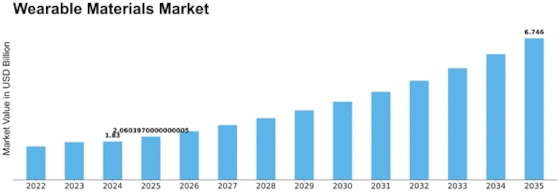


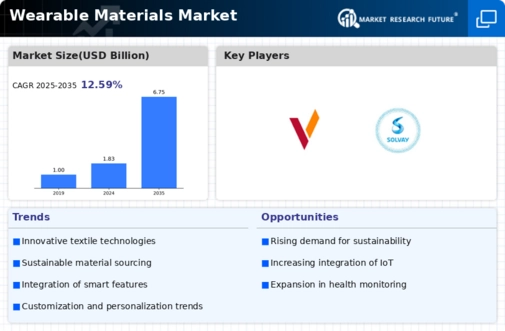
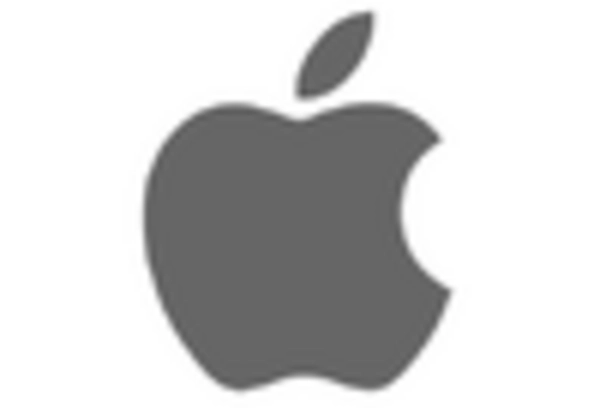
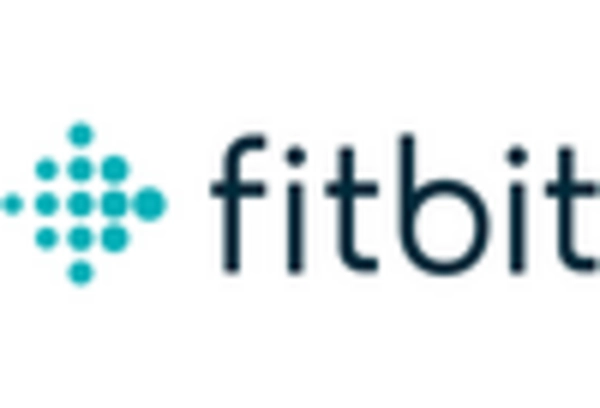
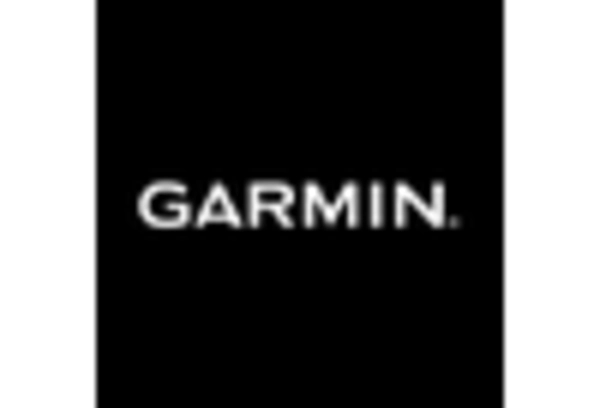
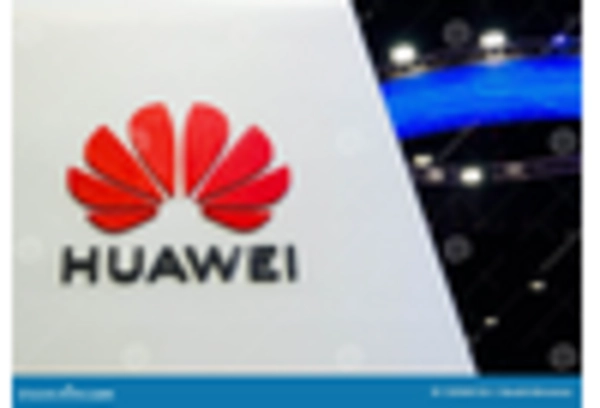
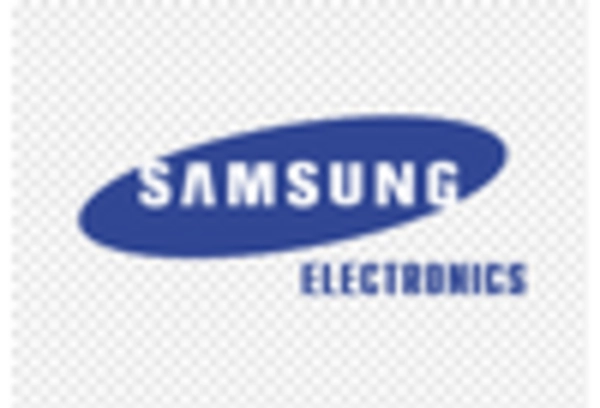
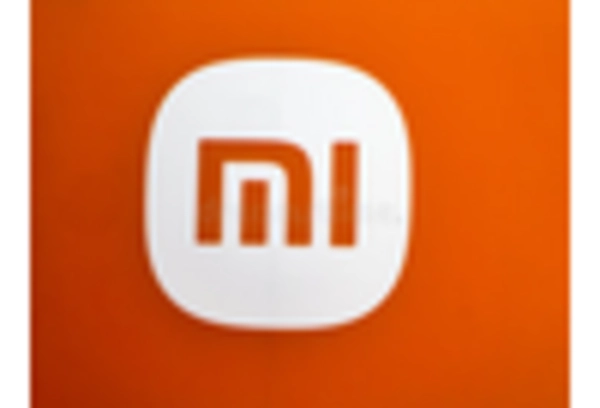









Leave a Comment